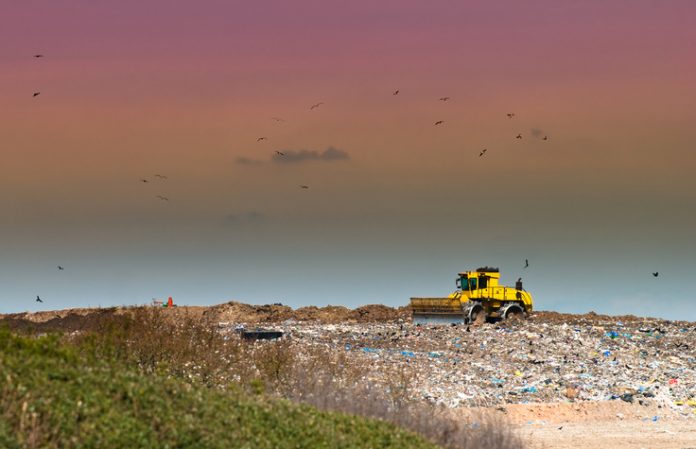The U.S. Court of Appeals for the District of Columbia vacated a rule, adopted by the U.S. Environmental Protection Agency (EPA) under then-President Donald Trump in 2019, delaying the deadline for solid waste facilities and landfills to submit plans for reducing methane emissions until November 2021.
The Biden administration had requested the Court to vacate the rule, allowing it to expedite restrictions on methane emissions without having to go through the often lengthy regulatory process, requiring the writing of new rules, giving public notice and time for comments, and possible appeals.
Emissions Rule History
Regulations of air emissions from solid-waste landfills were first proposed under the Clean Air Act in 1991. However, EPA did not propose restrictions on methane or other emissions from solid waste facilities until August 2016, under the Obama administration.
EPA established guidelines to reduce emissions and required states to submit plans to implement those standards by September 2017. For states that failed to submit plans complying with EPA’s emission standards by the deadline, EPA was to deliver its own federal implementation plan by the end of November 2017.
When EPA failed to meet those deadlines, California, some other states, and environmental groups sued to force EPA to act. In May 2019, U.S. District Judge Haywood Gilliam of Oakland ruled EPA must impose the rules requiring the agency to submit a federal plan by November 2019.
Rather than comply with Gilliam’s order, EPA adopted new regulations postponing its deadline to November 2021. Gilliam rejected EPA’s new deadline in November 2020, ruling EPA lacked the authority to change the standards or timetables. EPA disagreed and appealed Gillam’s ruling to the U.S. Ninth U.S. Circuit Court of Appeals in San Francisco.
The Ninth Circuit Court overturned Gilliam’s order, ruling EPA had lawfully set new regulations and was no longer bound by its earlier schedule.
“This case is not just about trash, landfills or emissions guidelines; it’s also about the separation of powers,” wrote Judge Patrick Bumatay in a unanimous ruling for the three judge panel which heard the case. “We see a greater threat to the separation of powers by allowing courts to pick and choose what law governs the executive branch’s ongoing duties.
“To continue to adhere to (Gilliam’s) injunction based on a legal duty that has since disappeared is a harm in and of itself,” Bumatay wrote.
Biden Reverses Course
Under President Joe Biden, EPA and other agencies are intensifying their efforts to fight climate change, including by reducing greenhouse gas emissions from landfills and municipal solid waste facilities. However, with the Trump administration’s rule delaying emission plans having been upheld by the courts, the Biden administration was confronted with a lengthy regulatory process to have new standards and timetables enacted.
Rather than go through that process EPA asked the U.S. Court of Appeals for the District of Columbia in March to vacate EPA’s existing rule delaying implementation of 2016 limits on methane released from solid waste landfills.
Vacating the rule allows the Biden EPA to bypass the lengthy process of repealing the existing rule and formally undertaking a new rulemaking.
Although landfill operators and representatives of the solid waste industry had sought the delay granted by the Trump-era EPA, they did not object to EPA’s reversal and thus, with no one objecting to the changes before the court, the D.C. Circuit vacated the rule.
As a result, EPA can impose federal standards mandating that particular pollution control technologies be installed to cut methane emissions from landfills under the old time table. EPA’s rule would cover approximately 1,900 U.S. solid waste landfill sites.
Pushing Stricter Regulations and Timetables
Biden can use the court’s decision to set stricter methane emission standards and timetables, says Myron Ebell, director of the Center for Energy and Environment at the Competitive Enterprise Institute.
“It seems likely that the result of vacating the Trump EPA’s delay will be to allow the Biden-Harris administration to apply its new souped-up Social Cost of Methane, which is a variant of the Social Cost of carbon dioxide, number to methane emissions from landfills,” Ebell said. “If they succeed, it could make disposing trash in landfills much more expensive.”
H. Sterling Burnett, Ph.D. (hsburnett@heartland.org) is the managing editor of Environment & Climate News.


























